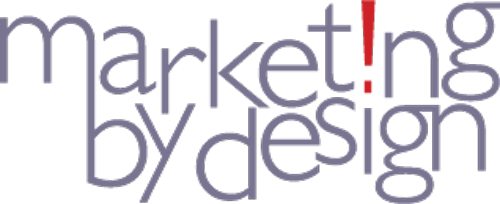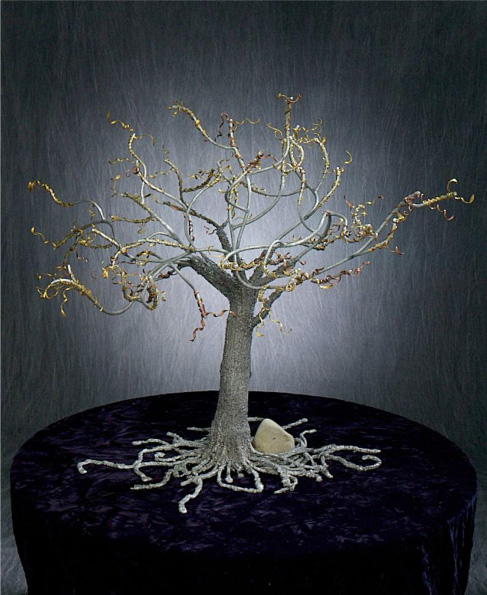5 Things I’ve Learned as a New Designer
It’s been a couple months since I heard those beautiful words “you’re employed,” and amid the moments of air-punching delight, I find myself still checking over my shoulder to be sure no one is heading my way to say “oops sorry, we made a mistake, see ya.” Is it really so hard to believe I have a job? For a thirtysomething military vet on the backfoot in the turbulent world of graphic design, yes. I felt less disorientated on my first day in front of a radar screen attempting to tell aircraft what to do to avoid each other…no joke.
But I felt the fear and did it anyway, and I’m glad to say, I did something right. Now, almost a year after starting an internship here at MbD, my boss asked me “so how does it feel now that you’re official?” Words actually failed me. I said something lame like “great!” as my inner-child did backflips down the hall and out the door screaming “Yea baby, YEA!!”
Anyway, I’m here to share “5 things I’ve learned about design so far”. This was Phil’s suggestion for my inaugural blog entry, and initially it was hard to sift through my thoughts and find a coherent answer; I am constantly learning, and I believe designers are eternal students of their craft, so only 5 things? That’s tough! When I made a few notes I found this to be a good exercise in reflection, for the sake of progression. So here in no particular order, are 5 things I’ve learned about design:
1. At a press-check, always keep in mind the last thing that the client saw. Case in point, my first ever solo press-check that turned in to a small disaster. I did not take with me the last thing the client had seen, choosing instead to take an older piece of work that had been approved by the client before, so that I could color match to their brand color. When the client received their prints, the response, in a nutshell, was “it doesn’t look a thing like the one you showed me.” The run had to be re-printed, and I needed CPR followed by a few slaps about the head with a large wet fish I keep by my desk. Lucky for me, this time, it was a non-profit, pro bono job where all involved were able take a more lenient stance; and hence, not feed me to the pigs. Projects can get so big and/or stretched over weeks or months, and even things that are done on a recurring basis will have some changes. Every situation is unique. I say again, at a press check, remember what the client is expecting!
2. Tidy up those files for the next poor soul who has to work on them. My second learning point is about file sharing. It took me a while to get to grips with who keeps what files where on the system. It’s quite common to be asked to pull up a certain file from a few years ago and do something with it. For the first few months I was here, my own house-keeping was shameful. I put files where I was pretty sure I would find them again, but could anyone else find them? Nope. You will be pleased to hear that I’m finally getting myself in order, and even putting the job number in the file name. It’s a true marker of progression.
3. Have pride in the work you do. Cover your ass. Be a teamplayer. These nuggets are in the same paragraph for a good reason. I would aim this comment at any new designer, and especially at those still in school. In the classroom, students have a certain amount of possession over their work, and they find this very hard to let go of. I remember an exercise where a dozen or so students made a poster and then passed it on to the next person; at this point of waving goodbye to the document, the creative brief changed and the poster was re-worked. As the poster moved around the classroom I understood what the instructor wanted us to achieve, but now I see it in action daily. Whether I work on something from the ground up, or take it at the last minute to change a single word or put in a different image, I check everything twice at least, and treat it like a last Will and Testament. There’s nothing wrong with a little OCD (I’ve been known to open and re-open a file 4 times to re-check the work before sending it on; with in-house therapy I’m getting that down to 3.) In a studio, it’s about what the studio produces, not the individual.
4. Always second-guess yourself, because the answer will usually be “change it.” As a designer, second-guessing yourself comes with the territory. If we didn’t, we’d be bad at our job. Right before I left school I confided in one of my most respected instructors that I wasn’t sure I could make the decisions I needed to make on my own. I was really concerned that I would have good ideas, but not be able to find the right questions to ask myself to refine the work to something that looked designed! She assured me that I could do it, just stand back and ask questions! Admittedly, my first months here as an intern, I was still having the same battles. When I saw something that looked a little “off” I would always ask myself…is that too bold? straight? bright? light? Does this seem too big? small? loud? quiet? I would then ask the same question of my mentors. And then I started to notice a pattern; 99.9% of the time their answer was of course, “yes it is,” or “yes, it does.” I finally feel confident that the trick is to repeat this action until the elusive Design has emerged. Look for everything that is wrong. Fix those things. Then stop. Now leave it alone. It feels good knowing that I can see things I couldn’t see before. My eye is developing and I’m ecstatic about that!
5. Sleep. The other me, the one from design school, was lucky to go to bed before 3am and rise again in time for class at 8am. I have learned that, although there are times when it is neccessary, or the dreaded design-induced insomina strikes, late nights do not contribute well to a productive day at the studio. So although I’m still a night owl at heart (all my best ideas arrive after 11pm) I have left my vampire days behind in favor of a normal(ish) work week. It’s amazing what can be done before midday after a proper nights sleep!
So there you have it. Thanks for reading. I’m off to tidy some files and second-guess myself some more, while trying to avoid the wet fish eyeballing me from across the desk.
Ciao!
Isla



